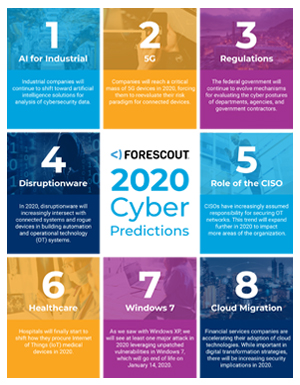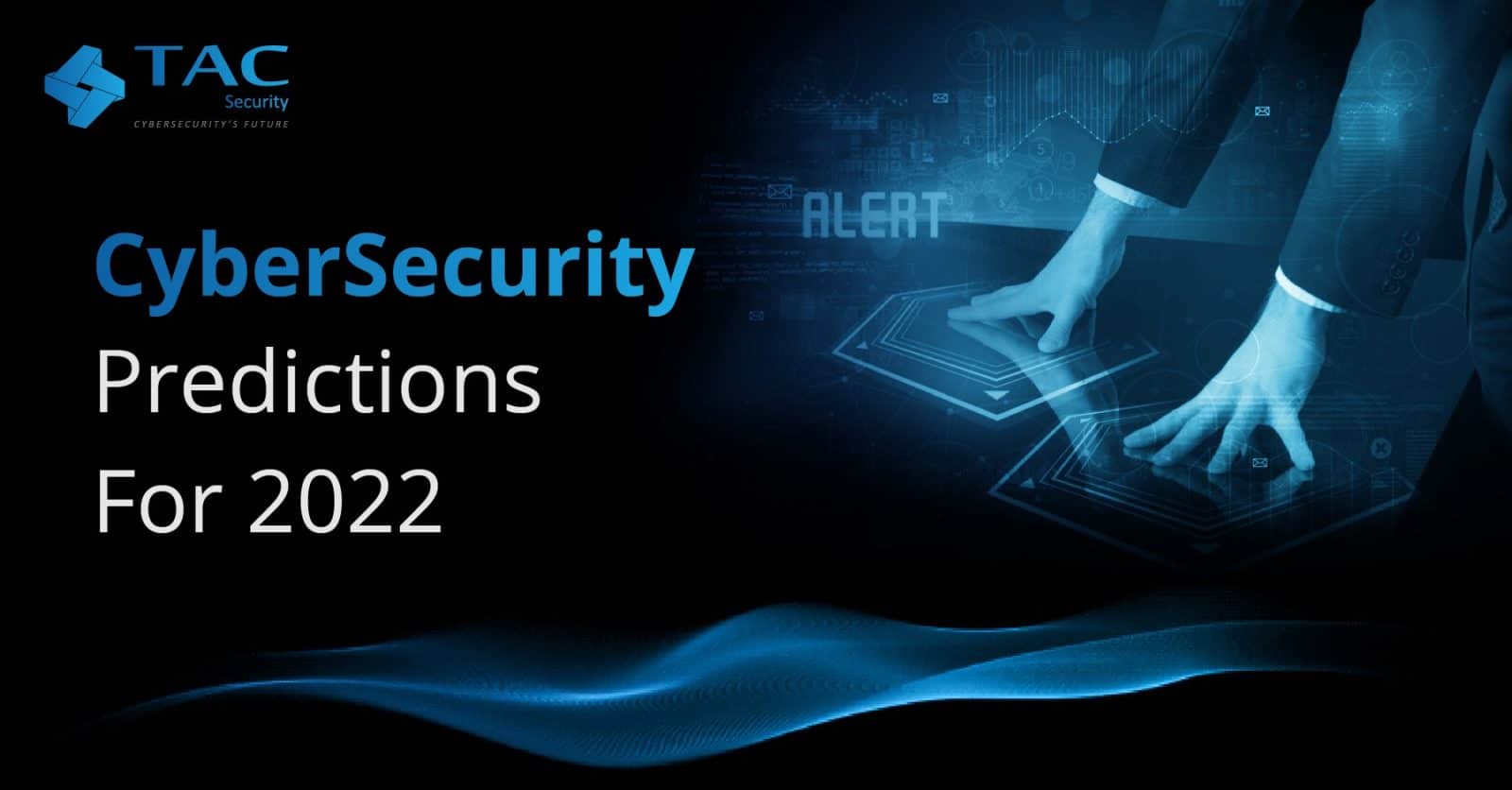Learn about Deepfake Social Engineering Attacks and their potential risks.
Wiki Article
Leading Cybersecurity Predictions for 2024: Stay Ahead of Arising Risks
As we approach 2024, the cybersecurity landscape is poised for considerable makeover, driven by emerging hazards that organizations need to not only prepare for but likewise strategically address. The increase of AI-driven cyberattacks, paired with progressively innovative ransomware strategies, highlights the immediate need for sophisticated defenses. In addition, the growing variety of IoT devices provides brand-new vulnerabilities that can be made use of. With regulative adjustments on the perspective and a vital emphasis on cybersecurity training, it is critical for organizations to reassess their methods to stay resilient. Exactly how prepared are you to navigate these advancing difficulties?Increase of AI-Driven Assaults
As companies significantly take on fabricated knowledge technologies, the potential for AI-driven strikes is becoming a paramount concern in cybersecurity. Cybercriminals are leveraging AI to enhance the elegance and efficacy of their attacks, creating a landscape where typical security measures might fail. These assaults can make use of maker discovering algorithms to identify vulnerabilities in systems and networks, resulting in more targeted and destructive violations.AI can automate the reconnaissance phase of an assault, enabling adversaries to collect huge amounts of data promptly (Deepfake Social Engineering Attacks). This ability not only reduces the time called for to introduce an attack yet likewise enhances its accuracy, making it harder for defenders to anticipate and minimize risks. In addition, AI can be used to create convincing phishing systems, generate deepfake content, or adjust information, additionally complicating the cybersecurity landscape
Organizations have to focus on the integration of AI-driven cybersecurity services to counter these arising dangers. By employing sophisticated danger detection systems, companies can enhance their capability to recognize and counteract AI-generated strikes in actual time. Continuous investment in training and recognition programs is also essential, as it furnishes workers to identify and react to possible AI-driven threats effectively.
Increased Ransomware Refinement
The surge of AI-driven attacks is not the only trend improving the cybersecurity landscape; ransomware assaults have actually additionally advanced, becoming significantly innovative and targeted. As cybercriminals improve their approaches, organizations face heightened threats that call for flexible methods to reduce possible damage.
Modern ransomware threats currently utilize advanced strategies, such as dual extortion, where enemies not just encrypt data yet likewise intimidate to leak sensitive info if their demands are not fulfilled. This adds an additional layer of stress on targets, typically compelling them to pay ransom money to shield their track records and customer count on.
In addition, making use of automated devices and artificial intelligence formulas by perpetrators has structured the attack process, enabling them to determine susceptabilities a lot more effectively and tailor their strategies against particular targets. Such growths have caused a disconcerting surge of assaults on essential infrastructure, health care systems, and supply chains, highlighting the need for durable cybersecurity frameworks that focus on real-time danger discovery and response.
To respond to these advancing dangers, organizations have to buy extensive training, advanced safety and security innovations, and occurrence response prepares that incorporate lessons gained from previous ransomware incidents, guaranteeing they stay one action ahead of progressively complex attacks.
Growth of IoT Susceptabilities
With the fast development of the Internet of Points (IoT), susceptabilities connected cybersecurity and privacy advisory with these interconnected gadgets have become a vital issue for companies and people alike. The expansion of smart devices, from home devices to commercial sensing units, has actually created an expansive attack surface for cybercriminals. Numerous IoT tools are deployed with minimal safety methods, typically utilizing default passwords or out-of-date firmware, making them at risk to exploitation.As devices end up being interconnected, the possibility for large attacks boosts. For example, compromised IoT gadgets can function as access factors for opponents to infiltrate even more safe and secure networks or launch Distributed Denial of Solution (DDoS) strikes. cyber resilience. The lack of standardization in IoT safety and security measures more aggravates these vulnerabilities, as differing suppliers implement differing levels of safety
Moreover, the raising refinement of malware targeting IoT gadgets positions considerable dangers. Risk stars are continuously establishing new approaches to exploit these weaknesses, resulting in prospective information violations and unauthorized access to delicate details. As we relocate into 2024, companies have to prioritize IoT safety and security, carrying out durable actions to protect their networks and reduce the risks linked with this swiftly growing landscape.
Governing Changes Impacting Security

In 2024, we expect to see a lot more strict compliance requirements for companies, specifically those that produce or release IoT gadgets. The introduction of guidelines such as the European Union's Cyber Resilience Act and updates to existing frameworks like the NIST Cybersecurity Structure will highlight security deliberately. Organizations will certainly be mandated to apply durable protection steps from the preliminary stages of product growth, ensuring a positive position versus potential vulnerabilities.
Furthermore, regulatory bodies are likely to impose significant penalties for non-compliance, engaging organizations to focus on cybersecurity financial investments. This change will not only boost the total safety and security posture of companies however will certainly likewise promote a culture of accountability in safeguarding user information. As guidelines tighten up, the onus will significantly drop on firms to show conformity and safeguard against the ever-evolving hazards in the electronic landscape.
Focus on Cybersecurity Training
Organizations' commitment to cybersecurity training is coming to be significantly essential as hazards advance and attack vectors increase. With cybercriminals constantly developing sophisticated techniques, it is extremely important for employees at all levels to recognize the dangers and identify their function in minimizing them. Comprehensive training programs equip staff with the knowledge and skills essential to determine possible threats, such as phishing strikes, social engineering tactics, and malware.In addition, a society of cybersecurity understanding fosters watchfulness among staff members, lowering the probability of human error, which remains a considerable vulnerability in many companies. On a regular basis upgraded training modules that reflect the current hazards will guarantee that personnel remain enlightened and qualified of responding properly.


In 2024, organizations will likely prioritize continuous education and simulation exercises, allowing workers to exercise their action to real-world circumstances. Cooperation with cybersecurity specialists for customized training options might likewise end up being a lot more widespread. Eventually, buying worker training not only strengthens a company's protection stance yet additionally grows a positive method to cybersecurity, reinforcing the notion that security is a common duty throughout the venture.
Verdict
In verdict, the cybersecurity landscape in 2024 will be formed by the rise of AI-driven strikes, increasingly advanced ransomware tactics, and the growth of vulnerabilities connected with IoT tools. A strong emphasis on thorough cybersecurity training will be crucial in growing an organizational society resistant to emerging hazards.Report this wiki page